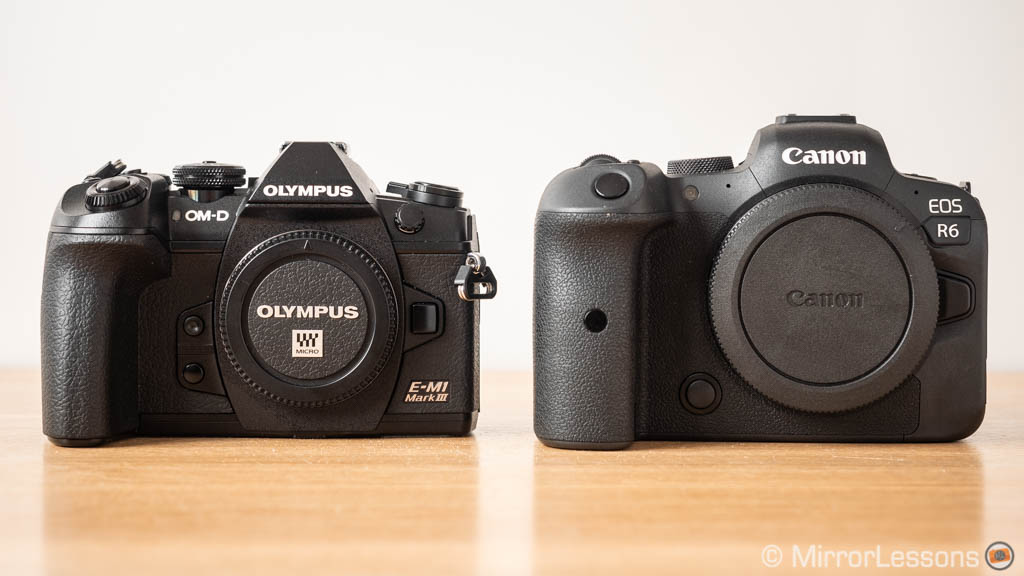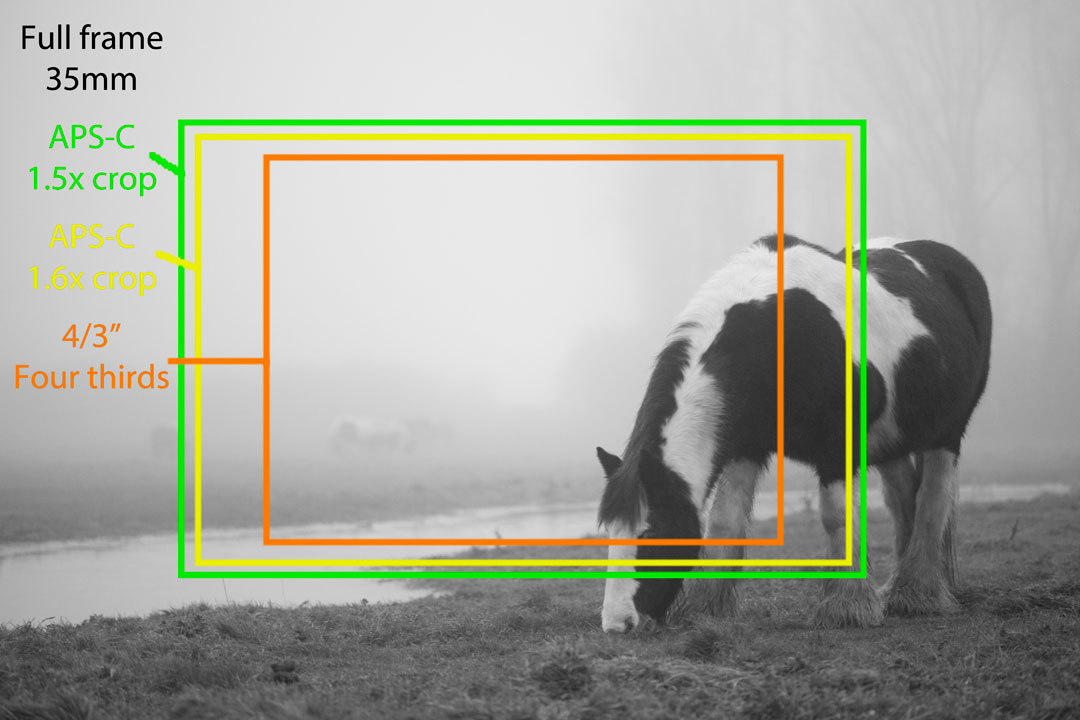

At low light conditions (see comparison below) the difference between FF and m43 is only ONE STOP, because at low light the nature of the noise is not related to the light ! Only better read noise in newer sensors generation (like in case of Canon Mark IV in the example below) can increase the the low-light performance.Īt 1:1 view the noise is defined by the pixel size. Print normalizes things, so higher resolution cameras get a boost from averaging of pixels for lower noise.įor sensors of the same generation the 2-stop difference takes place only at the same pixel count and only at high light intensity. Screen is for if you are going to be pixel peeping and displaying that image at 100% on your screen, so is resolution dependent. This tab shows the measurement values and graph derived directly from a RAW image when displayed on a computer screen at 100% magnification (i.e., one image pixel corresponding to one screen pixel). The print size we have chosen is a standard 300dpi 8"x12" format, which corresponds to about the physical size of an 8Mpix image printed at 100% magnification. This tab displays the print performance measurement values and graph derived from a RAW image after a normalization step that transforms all images, regardless of original resolution, to an 8Mpix image. If you hover over the two buttons these are the descriptions: That's why I would always use the 300/4 on the EM1 and not on the a7R2, at least where I expected to crop heavily. I find that using NR I lose some detail from the EM1 but that the EM1 image still looks better than the A7R2 one because I started with more detail, even if it was noisier detail.

At the pixel level there is more noise in the EM1. The image from the EM1 has 16Mpix and from the A7R2 only 10.5Mpix. If I now crop both images to show the bird at the same size, then what will that look like?įor the sake of argument, let's choose a situation where the EM1 image is uncropped and I crop the A7R2 to be the same.īoth pictures look almost identical at first glance, after a bit of PP to get the colours the same. The exposure time should be very similar on both, if the metering is the same.
#Micro four thirds vs full frame iso
Now I shoot a bird with both bodies at f/4 and ISO 800 on both. Imagine that I attach my Canon 300/4 EF mount to both my EM1.1 and my A7R2 using adapters. Apologies therefore if this doesn't help. On reflection, I'm not sure exactly what you are asking in photographic terms. Given that use case, should I be looking at the “screen” measurements on DXO, or the “print” measurements? If I got a higher resolution sensor like 24 or 42 megapixels, I’d be using those megapixels to get closer to my subject, not to average out noise. Now, I understand that in most cases you’re going to be dealing with a compressed image, but I’m a widlife and bird photographer, which means I’m almost always cropping my images down. When I choose this option I find that the difference between m43 and Sony full frame drops to around one stop. According to my understanding this compares pixel to pixel noise performance, instead of noise performance on average across the frame. The confusion comes when I switch to the “screen” option on DXO. When I look at the images in the DPReview image comparison tool and look at the “print” results on DXOmark, this holds up. The typical rule based on sensor size, is that you should expect 1/4 the noise (or two stops worth of improvement) at the same measured ISO.

I’ve been spending a good deal of time on DXOmark and the image comparison tool here on DPReview lately to try and understand what the real gap in ISO performance is between something like the 20mp m43 sensor and the various Sony full frame sensors for my style of shooting.


 0 kommentar(er)
0 kommentar(er)
